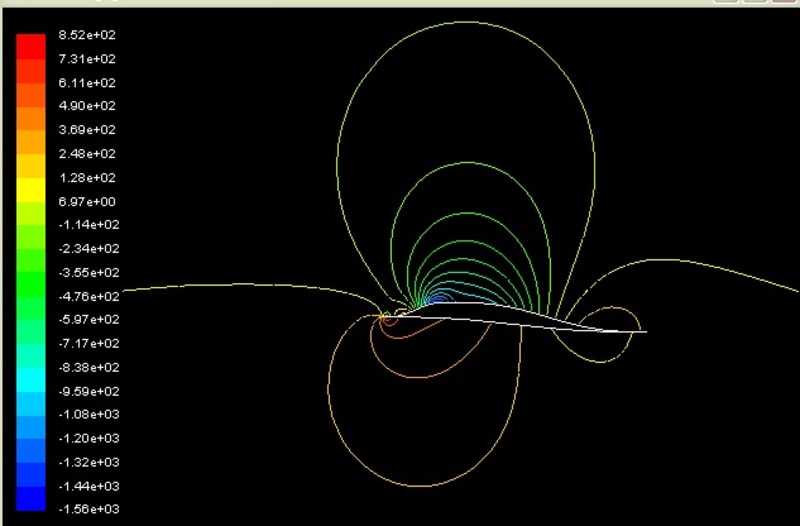Reduction of drag and boosting of lift to drag ratio is of paramount importance to maximize flight efficiency. Turbulence has a major role in producing drag. In order to reduce turbulence and thereby reduce drag and increase lift to drag ratio I have successfully developed a new concept after spending several years of research.
Background of design: To move a body against a fluid, the body has to push the fluid sideward and pass through it. So the fluid has two moving directions with respect to the body, one parallel to body’s direction and second one perpendicular to the body’s direction. Perpendicular velocity is zero until air senses presence of the body. So coefficient of drag can be reduced by the way the body initiates and terminates perpendicular motion of fluid with respect to the body. So if we apply constant acceleration (parabolic) to initiate sideward (perpendicular) motion and constant retardation to terminate sideward motion (to gain extra kinetic energy given to fluid during sideward acceleration of air) there will be low pressure at this retarding region. Then pressure impulse on the body will be lowest. Thus coefficient of drag will be lowest. Cycloid too can be used which has the smoothest acceleration curves and cycloid is also the curve for the fastest descent. While using Cycloid profile when top and bottom streamlines join vertical component of velocity will be zero so turbulence will be much less.
The molecule has to accelerate vertically to give way for the body when flow is interrupted by a body then retard to remain at boundary at vertical extreme of the body. When cross-section starts reduce air has to accelerate inward and again retard to remain at the boundary at trailing edge. If this change in acceleration and retardation are not smooth very high instantaneous acceleration is required for air to remain in boundary and this causes anomalies in pressure near boundary resulting in separation of flow. In the cycloid design the vertical component of acceleration at leading edge starts from 0 to maximum then to 0 and then retardation starts and then to maximum retardation and then to zero at the top most part of body. Then vertical component of acceleration at trailing edge starts from 0 to maximum then to 0 and then retardation starts and then to maximum retardation and then to zero at the end of the body.
Horizontal velocity at trailing edge assures that all the kinetic energy given by moving body to air to initiate vertical velocity in air(For body to pass through)at leading edge is given back to body by air before leaving trailing edge.
We can modify the Sears Haack body based on cycloid design in such a way that cross-sectional area of the body changes smoothly as a cycloid. Equation for it is given below
y= ((80*((90-x)/90-(sin(2*pi*(90-x)/90))/(2*pi))) )^(1/2)
for x=1 to 90
Video
Like this entry?
-
About the Entrant
- Name:Diji Jayakaran
- Type of entry:individual
- Software used for this entry:COMSOL, Matlab , MathCAD and Fluent
- Patent status:pending








